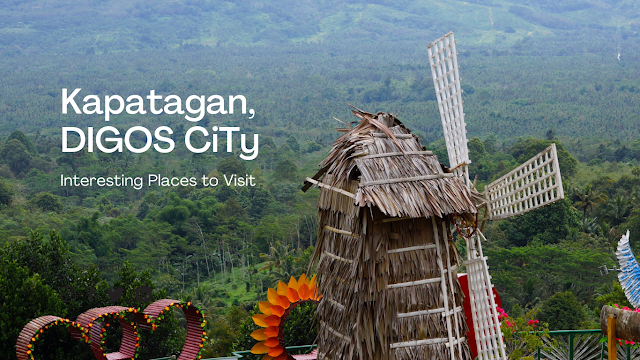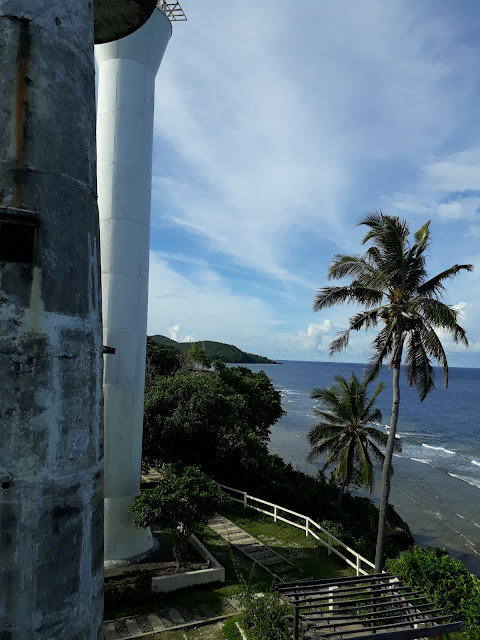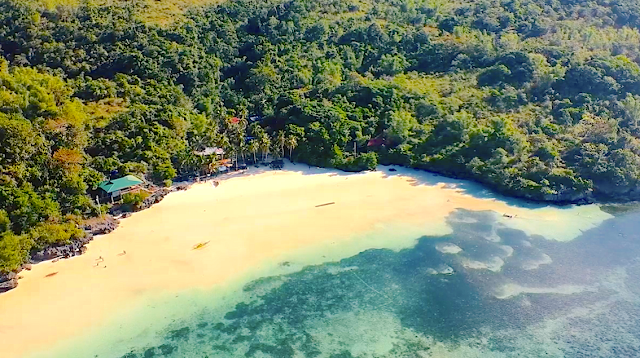The Fascinating Culture and Traditions of Kibawe, Bukidnon
Kibawe is a municipality located in the province of Bukidnon in the Philippines. It is situated in the southern part of Bukidnon and is bordered by the municipalities of Damulog to the north, Kadingilan to the east, Dangcagan to the south, and Kitaotao to the west.
Kibawe is known for its scenic beauty, particularly its lush green mountains and rolling hills. The town is also home to several waterfalls, including the Mantianak Falls, the Kibawehon Falls, and the Matigol Falls, which are popular tourist destinations.
The town's economy is largely based on agriculture, with rice, corn, and sugarcane being the main crops grown in the area. Kibawe is also home to a number of small-scale businesses and enterprises.
Overall, Kibawe offers visitors a taste of rural life in the Philippines, with its beautiful landscapes, warm hospitality, and a strong sense of community.
BRIEF HISTORY
Before the Spanish colonization, Kibawe was inhabited by indigenous people known as the Manobos. They were a peaceful tribe who lived in small communities and practiced swidden agriculture, hunting, and fishing. The Manobos were skilled in weaving and producing traditional clothing and accessories made from abaca fibers.
When the Spanish arrived in the Philippines in the 16th century, they encountered resistance from the Manobos who resisted colonization. The Manobos of Kibawe were able to maintain their independence from the Spanish for a long time, but eventually, they were subjugated and converted to Christianity.
In the early 20th century, Kibawe became a municipality and played a significant role in the struggle for Philippine independence. During World War II, the town was occupied by the Japanese, and many of its residents were killed or forced to flee.
After the war, Kibawe was rebuilt and developed into a thriving agricultural town, known for its fertile lands and abundant natural resources. Today, the town is a popular destination for tourists who come to enjoy its natural beauty and experience the rich cultural heritage of the Manobos.
Population, Poverty, and Economy
As of the 2020 census, the population of Kibawe is approximately 50,046 people. The town covers a land area of 309.30 square kilometers and is home to several indigenous tribes, including the Manobo, Talaandig, and Higaonon.
Despite the city's abundant natural resources, poverty remains a major problem in Kibawa. In 2018, the city's poverty rate was 23.4%, higher than the national average of 16.7%.
The economy of Kibawe is primarily based on agriculture, with rice, corn, and bananas as the main crops. The town is also known for its livestock and poultry production. In recent years, there has been some development of agribusiness and eco-tourism in the area.
In addition to agriculture, Kibawe also has some small-scale businesses, including retail stores, restaurants, and service providers. The local government is working to attract more investors and promote the town's potential for economic growth.
Infrastructure in Kibawe is still developing, with limited access to basic services such as electricity and water in some areas. However, the government is working to improve infrastructure in the town and has implemented several projects to address these issues.
Things to do in Kibawe
Kibawe is known for its natural beauty and cultural heritage. Here are some things to do and see in Kibawe:
- Visit Kibawe Tribal Village - This is a cultural village that showcases the traditional way of life of the Manobo tribe. Visitors can see traditional houses, watch cultural performances, and learn about the tribe's customs and traditions.
- Go hiking at Mt. Capistrano - Mt. Capistrano is a popular hiking destination in Kibawe. The hike to the top takes about an hour and offers stunning views of the surrounding mountains and valleys.
- Explore Kibawe Caves - Kibawe has several caves that are worth exploring, including the Kibalang Cave and the Cibongan Cave. These caves are home to stunning rock formations, underground rivers, and bats.
- Visit the Kibawe Eco-Park - This park is a popular spot for picnics and relaxation. It has a large swimming pool, gardens, and picnic areas.
- Attend the Kibawe Foundation Day - Kibawe celebrates its foundation day every 9th of August with a week-long celebration of cultural events and festivities.
- Experience local food - Kibawe is known for its delicious local cuisine, including rice cakes, grilled meat, and vegetables cooked in coconut milk.
- Explore nearby waterfalls - Kibawe is home to several stunning waterfalls, including the Monastery Falls and the Catabunan Falls. These waterfalls offer a refreshing break from the heat and are perfect for swimming and picnics.
- Visit the Kibawe Church - The Kibawe Church is a historic church that dates back to the 1920s. It features a unique architecture that blends traditional and modern styles. The church is also known for its beautiful stained glass windows and ornate altar.
- Explore the Kibawe Forest - The Kibawe Forest is a dense forest that is home to various wildlife species. Visitors can explore the forest through hiking or trekking and enjoy the scenic views of the surrounding mountains.
- Visit the Kibawe Municipal Hall - The Kibawe Municipal Hall is a historic building that dates back to the early 1900s. It features a unique design that blends traditional and modern architectural styles.
- Attend the Kibawe Town Fiesta - The Kibawe Town Fiesta is an annual celebration held in honor of the town's patron saint. It is a week-long festival that features cultural performances, parades, and other fun activities.
- Explore the Kibawe Rock Formation - The Kibawe Rock Formation is a natural rock formation located in Barangay Digongan. It features unique rock formations that visitors can explore through hiking or trekking.
- Learn about the Manobo culture - Kibawe is home to various indigenous Manobo communities who still practice their traditional way of life. Visitors can learn about their culture and traditions by visiting their villages, observing their rituals, and interacting with the locals.
Overall, Kibawe offers a unique and authentic experience for visitors who want to explore the natural beauty and cultural heritage of Bukidnon.








